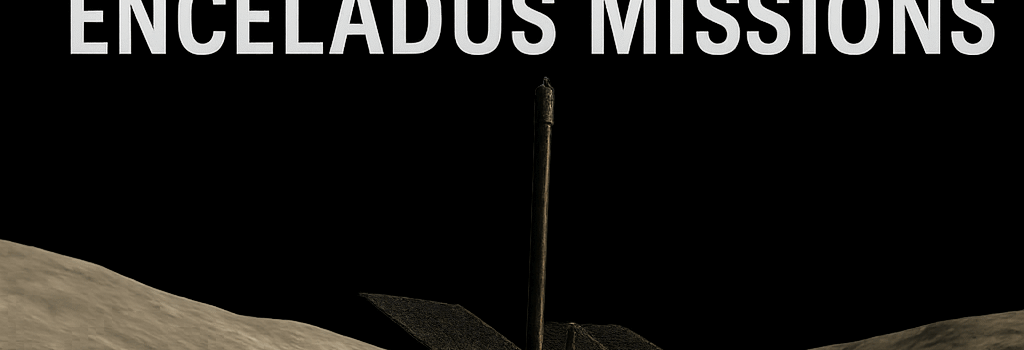NASA’s Moon Drill Bot Success Fuels Europa and Enceladus Missions

Challenges of Icy Moon Landers
Europa and Enceladus are prime targets in the search for extraterrestrial life due to subsurface oceans beneath their icy crusts. However, their environments pose formidable challenges:
- Extreme radiation: Europa orbits within Jupiter’s intense radiation belts, delivering up to 5.4 Sv per day and risking electronics damage.
- Frigid temperatures: Surface temperatures range from below –220 °C at night to –160 °C in daylight, rendering the ice as hard as concrete.
- Communication constraints: No permanent orbiters around Europa or Enceladus means limited relay windows and direct-to-Earth links with multihour latencies.
- Power limitations: Solar irradiance at Jupiter is less than 4 W/m², making solar arrays impractical and necessitating high-density radioisotope power systems.
- Unknown topography: Surface composition and morphology at centimeter-to-meter scales remain largely uncharted, complicating landing site selection.
Robot Design and Testing Regimen
Led by Kevin Hand at JPL, the robotic system integrates cutting-edge hardware and software:
- Mobility platform: A six-legged chassis with flexure joints and high-torque stepper motors providing 25 Nm of torque per leg, stabilizing on slopes up to 15°.
- Sensing suite: Dual 4K stereoscopic cameras paired with LED floodlighting and LiDAR for 3D scene reconstruction with ≤1 cm accuracy.
- Manipulation arm: A 7-DoF carbon-fiber arm with integrated force/torque sensors in five axes and a 1.2 m reach, capable of delivering 50 N of axial drilling force.
- Drill tool (ICEPICK): A cryobot drill that excavates ice cores up to 20 cm deep at 100 mm/min using ultrasonically actuated bits.
- Power system: A multi-mission radioisotope thermoelectric generator (MMRTG) delivering 110 W electrical power and 2 kW thermal waste heat to maintain operational temperatures.
- Onboard computing: A radiation-hardened CPU running a hybrid autonomy stack with ROS 2 interfaces and custom AI planners for real-time decision making.
Advanced Autonomy Systems
The robot’s autonomy operates on two tiers to handle extended periods without ground contact:
- High-level autonomy: A mission manager that schedules drilling, sample analysis, and data compression within a 48 kWh energy budget, prioritizing science returns.
- Low-level autonomy: Real-time control loops that govern actuator torques, enforce collision avoidance, and optimize energy use during arm movements and drilling.
‘The integration of force feedback and computer vision enables the robot to adapt drilling angles in real time,’ explains Joseph Bowkett, robotics engineer at JPL.
Thermal and Radiation Management
To survive Europa’s harsh environment, the robot includes:
- Multilayer insulation: Aerogel blankets and aluminized Mylar reduce thermal losses.
- Whipple shields: Composite layers attenuate high-energy particles and secondary radiation.
- Active heaters: Embedded resistive heaters in critical joints maintain operable temperatures above –20 °C.
Future Mission Architectures
While the Europa lander was deprioritized in the 2023 decadal survey, concepts for an Enceladus lander remain under study:
- Synergy with ESA’s JUICE and NASA’s Europa Clipper for navigational relay.
- Integration of compact mass spectrometers to analyse plume deposits during flybys.
- Deployment of smallsat relay constellations to extend communications windows.
Implications for Astrobiology
Detection of biosignatures hinges on pristine sample acquisition and contamination control. The robotic drill’s sterilizable sealed cores comply with planetary protection Category IVc. Ongoing lab tests simulate salt-rich ice analogs and perform organic molecule extraction using laser-induced breakdown spectroscopy (LIBS).
Next Steps and Upcoming Tests
Following successful trials on Alaska’s Matanuska Glacier in 2022, the team plans further campaigns:
- 2025 Devon Ice Cap campaign in Canada to evaluate low-irradiance drilling performance.
- 2026 Swiss Alpine cryolab tests focusing on thin-film ice physics at high altitude.
- Integration trials with prototype submersible cryobot concepts at JPL’s Hydro Lab.
References
Hand, K.L., Bowkett, J., et al. Science Robotics, 2025. DOI: 10.1126/scirobotics.adi5582